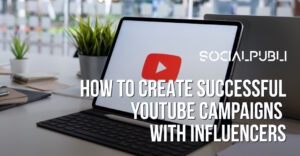The corporate world talks about contents marketing, but do you know what is it exactly and how to do it?
Contents marketing consists in creating attractive and interesting contents to our audience with the aim of adding value to our brand, and it is also a way to increase customer’s fidelity.
Define your goals
Before you start writing liking a maniac, think of what you want to achieve (visibility, traffic, reputation…) and be very clear about the kind of public you want to reach.
You have to know where you are going from: analyse your current reputation level and your value among your public.
And do not forget your competitors! Have a look at what they are doing and what they are achieving.
What kind of content to use
When you are clear about your goals, think about the kind of content you will use. You can start a blog, prepare reports, files to download on PDF, newsletters, videos… Whichever adapts best to your target!
Contents strategy
Plan the contents you are going to make, find out the content that your target expects from you, what kind of contents you can use and what terms related to your company are searched for on the internet.
Create exceptional contents that attract the reader’s attention. If you do this, users will come back to your webpage.
Remember to optimize them for SEO so that you can attract users who did not know about your brand or did not have any affinity with it. They may find you thanks to a related term.
It is important that you interact with them. Let them comment, share and interact with the content.
Bear in mind that contents marketing is a long-term strategy, with a publishing calendar, a fixed regularity and a long-term contents strategy.
Finally, it is crucial to analyse how your content works so that you can know what your audience likes or dislikes.












